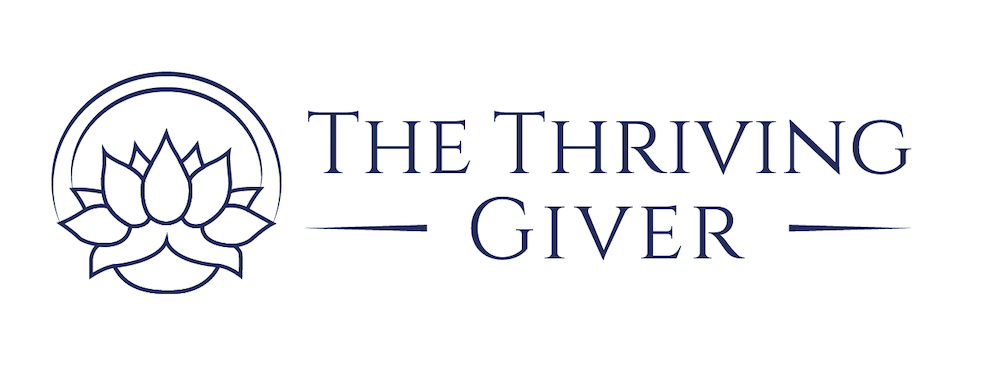
Compassion Fatigue
The term compassion fatigue is self-explanatory. You can probably relate to the fatigue arising from compassion, yet it is not obvious how this differs from burnout. The Professional Quality of Life Model (ProQOL) is a simple way of differentiating these two syndromes, as shown in the following diagram.
Here, compassion fatigue encompasses all the negative aspects of your work, and includes burnout as well as symptoms arising from work-related trauma or secondary traumatic stress.
Burnout, often arising from a heavy workload or lack of support, can lead to exhaustion, frustration, emotional numbness or disillusionment. The onset of burnout is generally slow and insidious.



